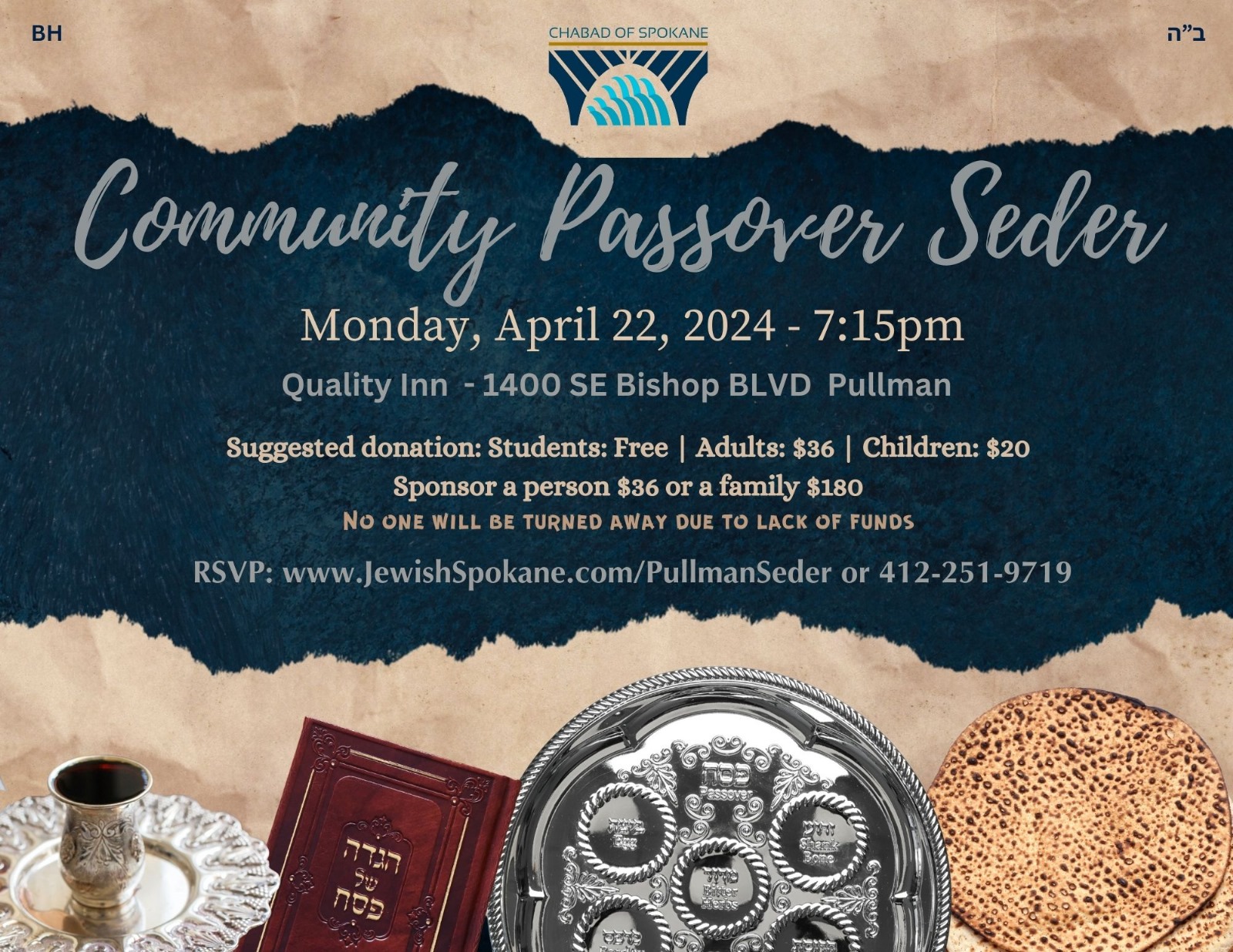Traditional eggnog hits hard
December 9, 2013
We cherish some odd holiday foods. Seasonal delights include miniature canes of sugary toothpaste, indestructible cakes of fruits and nuts, and spiced frothy egg slime. Eggnog is a weird name for a weird drink containing some weird flecks of history and a lot of eggs.
The name ‘eggnog’ emerges from the 1700s and is thought to have a few possible origins. The ‘egg’ part is due to the large number of cackleberries used in the drink, but opinions are split on the ‘nog’ part. It could either refer to ‘noggin,’ a British word for a small wooden mug; or it might be from the American term ‘egg’n’grog,’ a Yankee cocktail of eggs and rum. Either way, both countries enjoyed mixing liquor with eggs around Christmas time.
One famous chugger of this cheerful beverage was The Original Captain America, President George Washington. Washington’s Christmas parties must have been quite joyful, considering the quantity and variety of inebriating liquids included in his house recipe. It used one pint of brandy, half a pint of rye whiskey, half a pint of Jamaica rum, and a quarter pint of sherry. The recipe concludes with the time-honored wisdom of cooks everywhere: “Taste frequently.”
In 1826, several cadets at the U. S. Military Academy in West Point, N.Y., took that advice to heart resulting in the short-lived Eggnog Riot. Although the academy had a no fun-juice policy, cadets smuggled in a gallon or two of whiskey for eggnog. After a secret party kicked off in the North Barrack on Christmas Eve, faculty members tried to reprimand the drunken miscreants who responded with some unruliness. About 70 cadets took part in the riot, which caused above $3,000 in damages. Twenty cadets were court-martialed for their Christmas revelries, although one participant named Jefferson Davis avoided expulsion and later caused a bit more ruckus as the first President of the Confederate States of America.
Eggs are a key ingredient in eggnog, but some precautions should be observed when making your own stuff at home. Eating raw eggs can contain salmonella bacteria, which could disrupt your evening celebration considerably. The recipe included below incorporates an extended chilling phase, which helps the eggs to cure. However, the safest bet is to use pasteurized eggs, which can be found in most dairy sections.
Eggnog’s unique flavor and texture invites all sorts of different concoctions. As Washington demonstrated, it is a fairly flexible drink, capable of incorporating many different additions. The key is to always make enough to share, and of course to “taste frequently.”
George Washington’s Eggnog (serves about 50)
Notes: Make several days beforehand for full flavor and egg curing
Ingredients:
- 2 cups brandy
- 1 cup rye whiskey
- 1 cup dark Jamaica rum
- 1/2 cup cream sherry
- 10 large eggs (pasteurized)
- 3/4 cup sugar
- 1 quart milk
- 1 quart heavy cream
- 1 teaspoon freshly ground nutmeg
- 1 cinnamon stick
Instructions
Mix liquors first in a separate container. Separate egg yolks and whites into two large mixing bowls. Beat the egg yolks and add in the sugar until the mixture turns a light yellow.
Add liquor slowly to egg yolk mixture, continuing to beat (mixture will turn brown) until well incorporated. Add milk and cream simultaneously, slowly beating the mixture. Set aside.
Beat whites of eggs until stiff and fold slowly into the alcohol mixture. Add nutmeg and cinnamon stick and stir well to incorporate. Cover mixture in an airtight container.
Allow eggnog to cure undisturbed for several days (4-7) in the coldest part of the refrigerator, or outside in a very cold (below 40 degrees) place. The mixture will separate as it cures. Remix before serving cold.





















